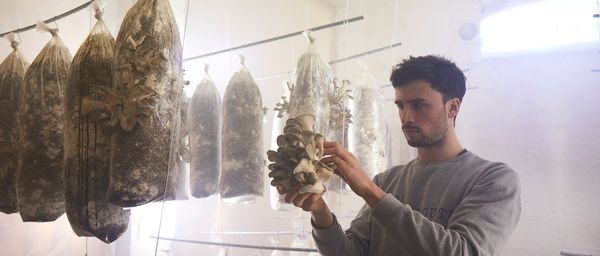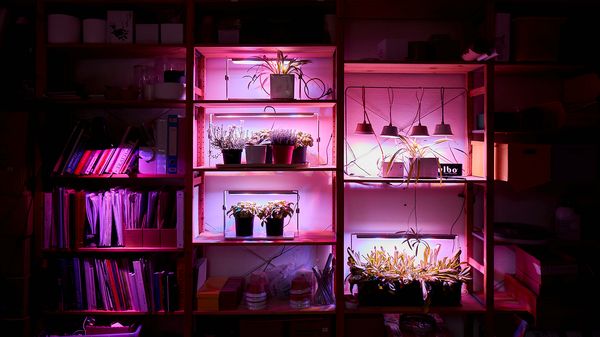In a cold, moist, musty cellar in the middle of downtown Bruxelles, workers grow high-quality oyster mushrooms and chicory in coffee grounds: “Every year, millions of tonnes of coffee grounds are produced, which are disposed of as waste,” says Julien Jacquet, CEO of Permafungi. He continues: “It’s crazy when you think how much potential is just thrown away.” It is an ideal growth medium for growing mushrooms.

Permafungi is a Belgian company that cultivates high-quality oyster mushrooms. By reusing old coffee grounds as soil, they are leading the way to a future of simplicity and sustainability in the kitchen
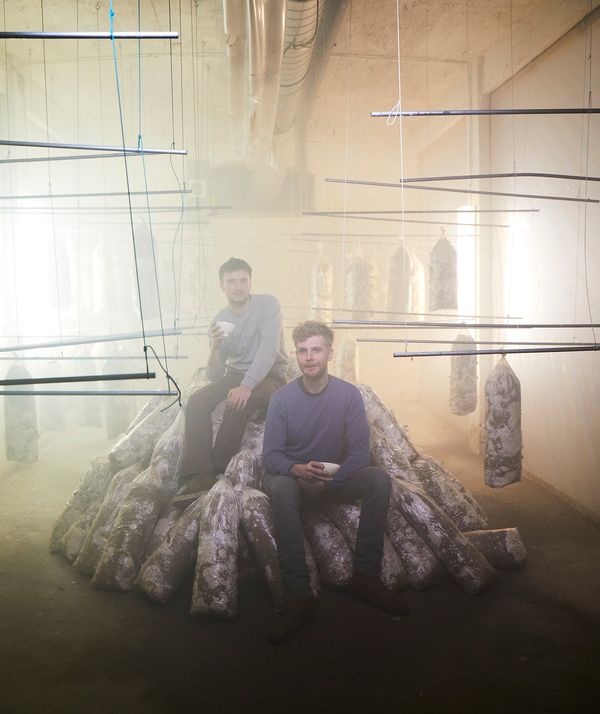
Mushrooms are considered a high-quality meat substitute
Thanks to Permafungi, founder Julien Jacquet and his partner William Donck are seen as pioneers in the cultivation of ecologically friendly gourmet mushrooms and chicory. Every month, they harvest over 1000 kg of organic oyster mushrooms and the same weight of chicory, which they supply to restaurants and markets in the local area.
Mushrooms in particular are feted as a novel substitute for meat in the restaurant scene. They are rich in protein and satisfy demand for fresh, healthy nutrition direct from natural sources. Mushrooms have excellent ecological credentials because they grow on waste products such as coffee grounds, fruit peelings and straw. Cities are overflowing with these, making mass growing of mushrooms viable.
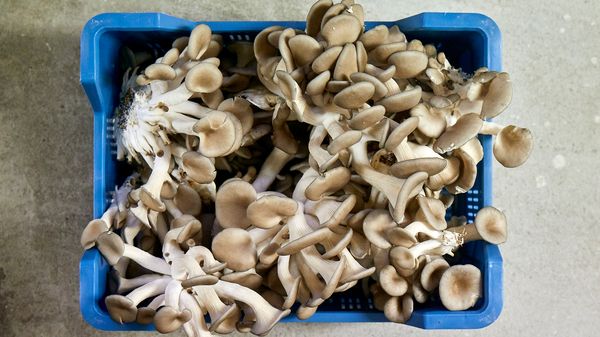
Inspired by nature
“In nature, there is no waste. Everything decomposes and is returned to the ecosystem,” explains Julien Jacquet. “Our idea is based upon this principle: we support the city in establishing a sustainable ecosystem that reduces waste.” But that is just one of many goals: “We would like to offer healthy, locally produced food that isn’t transported over long distances.” In its cellars, the business makes use of the warm air from the shops and offices above. True to form, everything is transported on cargo bikes.
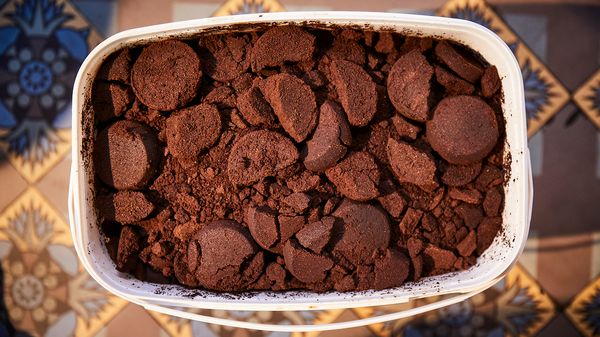
How it works
The coffee by-product is then combined with straw before mushroom spores, or mycelium, are added. During this two-week phase in a dark, moist atmosphere, the mycelium colonises the coffee grounds. If the conditions are right, thousands upon thousands of these microscopic threads bind together while their enzymes turn the coffee grounds into compost. The erstwhile black mass gradually turns almost white.
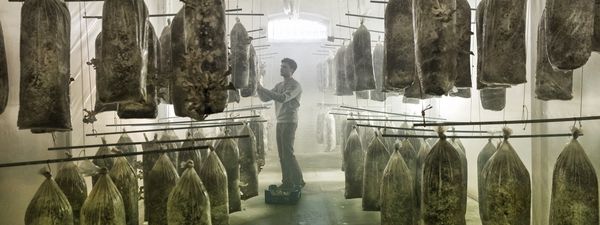
Fruity bodies
In the subsequent fertilisation phase, the mycelium-infused substrate is suddenly exposed to light, oxygen and moisture so that it begins to form fruiting bodies. To this end, the huge, perforated sacks are hung on chains that swing from the ceiling in order to prevent contact with the walls and ceilings as far as possible. Sterility is of utmost importance in this stage too, as well as sufficient ventilation because the mushrooms need to breathe.
White beauties
Between the sacks, the oyster mushrooms’ metabolism generates warmth as they digest the remaining straw. Steam is introduced where necessary to keep the humidity above 85 per cent. After one to two days, the first tiny mushrooms begin to sprout from the holes in the bags. Another two weeks have passed by the time they develop into huge pale bulges of flesh. The fully grown mushrooms are then picked, stored in wooden crates and sent out for delivery.
But this isn’t the end of the virtuous circle: the humus soil in the sacks, permeated with fungal spores, makes ideal soil for growing chicory. What the mushrooms leave behind provides ideal conditions for the chicory, which grows in complete darkness. The residual compost ends up on the fields of a nearby organic farm – as fertiliser. You can’t ask for more recycling than that.
Values for the labour market
“The kitchen of the future has to be focussed on the meta-trends of sustainability and social responsibility,” is how Julien Jacquet summarises the company’s philosophy. For him, this is not a vision but reality: at Permafungi, almost all our employees are people who fell through the gaps of the labour market. Employment that values employees and is sustainable, as well as operating flat hierarchies, are the humus in which creativity thrives, according to the economics graduate.
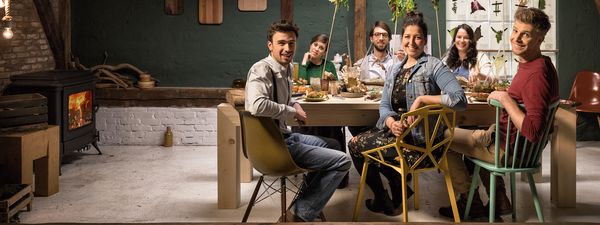
A day in the life of connected cooks
We brought together a group of innovators in our connected kitchen. People who are combining modern technology, sustainability and passion to change eating habits. eimagining the kitchen is a big part of this challenge, so they spent time together cooking with our connected appliances to show what the future may hold.
Find out more